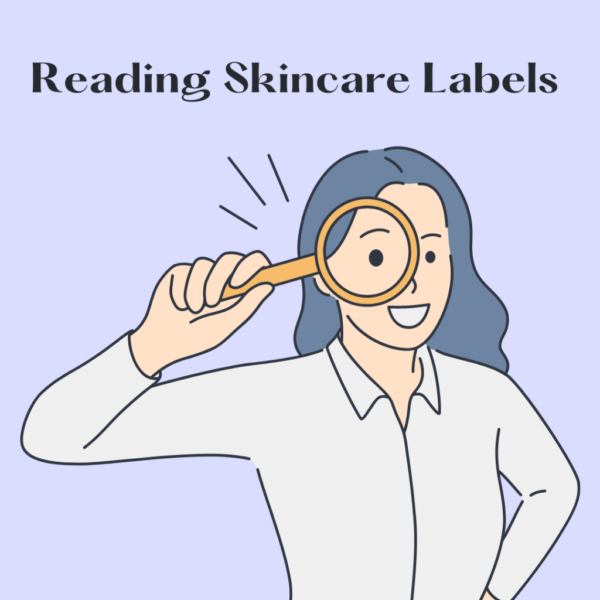
Navigating the vast landscape of skincare products can be daunting, with shelves lined with promises of radiant skin and ageless beauty. However, amidst the allure of marketing claims and flashy packaging lies a crucial aspect often overlooked: the skincare label. In this comprehensive guide, we embark on a journey to unravel the mysteries of skincare labels, empowering consumers to make informed choices that prioritize safety and well-being.
Understanding Skincare Labels: Skincare labels serve as a roadmap, guiding consumers through the labyrinth of ingredients and formulations. By deciphering these labels, individuals can discern the efficacy, safety, and suitability of a product for their unique skin needs. Here’s how to navigate skincare labels effectively:
- Ingredients List: The heart of any skincare label lies in its ingredients list. This section provides a comprehensive breakdown of the components comprising the product, listed in descending order of concentration. By scrutinizing the ingredients list, consumers can identify potential allergens, irritants, and beneficial compounds.
- Active Ingredients: Identifying active ingredients is crucial for understanding a product’s intended purpose and efficacy. Whether targeting acne, hydration, or anti-aging, active ingredients play a pivotal role in delivering desired outcomes. Look for ingredients like retinol, hyaluronic acid, vitamin C, and salicylic acid, known for their potent skincare benefits.
- Preservatives and Additives: While preservatives are essential for preventing microbial growth and ensuring product stability, some can be potentially harmful. Common preservatives like parabens and formaldehyde-releasing agents have raised safety concerns, prompting consumers to seek alternatives. Opt for products formulated with safer preservatives or consider preservative-free options for sensitive skin.
- Fragrances and Allergens: Fragrances, both synthetic and natural, add olfactory allure to skincare products but may conceal hidden hazards. Synthetic fragrances, in particular, can contain a cocktail of undisclosed chemicals known to trigger allergic reactions and sensitivities. Individuals with sensitive skin should opt for fragrance-free or hypoallergenic formulations to minimize the risk of irritation.
- Certifications and Seals: Trusted certifications and seals provide reassurance of product safety, quality, and ethical sourcing practices. Look for certifications like Ecocert Cosmos Organic, USDA Organic, EWG Verified, Leaping Bunny (cruelty-free), and Vegan Society to ensure compliance with rigorous standards and regulations.
- Packaging and Environmental Impact: Beyond the ingredients list, consider the packaging and environmental impact of skincare products. Opt for brands committed to sustainability, using recyclable or biodegradable packaging and minimizing carbon footprint throughout the product lifecycle.
- Understanding Claims and Marketing Language: Skincare labels often feature bold claims and marketing language designed to entice consumers. However, not all claims are backed by scientific evidence or regulatory scrutiny. Exercise critical thinking and skepticism when evaluating product claims, relying on reputable sources and peer-reviewed research to validate efficacy and safety.
Decoding skincare labels is not merely a matter of deciphering jargon and acronyms but a journey toward empowerment and informed decision-making. By understanding the nuances of skincare labels, consumers can navigate the beauty aisle with confidence, prioritizing safety, efficacy, and integrity of their kids’ skin. Armed with knowledge and discernment, individuals can cultivate a skincare routine that not only enhances their outer beauty but also nourishes their skin from within.
